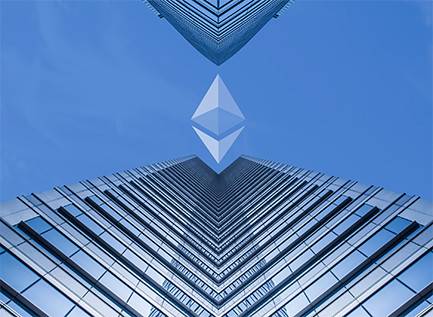China has made new progress in the high-level international race to achieve commercial nuclear fusion. China and the United States have been alternating breakthroughs in the pursuit of what is often called the “holy grail of clean energy.” With rising investments and political support from the world’s two largest economies, the pace of technological development has accelerated significantly.
Current nuclear power plants, which account for about 10% of the global energy mix, rely on nuclear fission — the splitting of atoms — to generate energy. Fusion, the process that powers the sun, combines atoms to release vast amounts of energy without the need for dangerous radioactive isotopes as fuel. Given its high energy yield and the absence of hazardous waste, nuclear fusion is widely viewed as the magic solution for the transition to clean energy.
Jamie Goodrich, senior advisor for technology analysis at the RAND Corporation, told IEEE Spectrum: “Fusion is the energy technology of the next generation. Whoever masters it will gain enormous advantages — economic, strategic, and in national security.”
But building an “artificial sun” on Earth remains an extraordinarily difficult task. The process requires extremely high temperatures that are both technically complex and costly to achieve and contain. To give an idea of the heat involved, China’s Experimental Advanced Superconducting Tokamak (EAST) this year set a new record by maintaining a plasma temperature of 100 million degrees Celsius.
Still, reaching such superheated conditions requires enormous amounts of energy, and fusion experiments often produce less energy than they consume. In 2022, scientists at the National Ignition Facility (NIF) at Lawrence Livermore National Laboratory in California achieved a historic milestone by producing net positive energy using laser technology — the first time globally in the field of nuclear fusion. Since then, NIF has repeated this success with progressively higher energy yields.
China has not yet achieved net positive energy output from its own fusion experiments, but this may soon change. The country is building a large-scale nuclear fusion reactor to compete with NIF in California. While NIF relies on lasers to create fusion conditions, China’s experiments have traditionally used giant magnetic reactors to confine plasma. However, experts believe that the new facility in Mianyang, Sichuan province, may be a laser-based project similar to NIF but on a much larger scale. There is also speculation that it could be a massive Z-pinch machine, a third type of fusion device based on electrical currents.
In either case, this new facility is expected to allow China to test two promising but different fusion approaches simultaneously — an enormously costly undertaking that few countries can afford. This makes it likely that Beijing will outpace its rivals in this race sooner or later.
Decker Eveleth, an analyst at the CNA research center, told IEEE Spectrum: “Even if China is not ahead right now, the speed of its project execution and its financial will to build these facilities on a massive scale are not in America’s favor.”
This week, Beijing unveiled an additional step in its nuclear fusion research by developing and successfully testing the largest radiation-resistant robot ever built for use in fusion facilities. The robot, equipped with three arms and capable of lifting up to 60 tons, is designed to perform maintenance in giant fusion plants. According to Nuclear Engineering International magazine, “the technologies mastered in developing the robot are expected to contribute to the operation of next-generation fusion reactors, both inside and outside China.”


